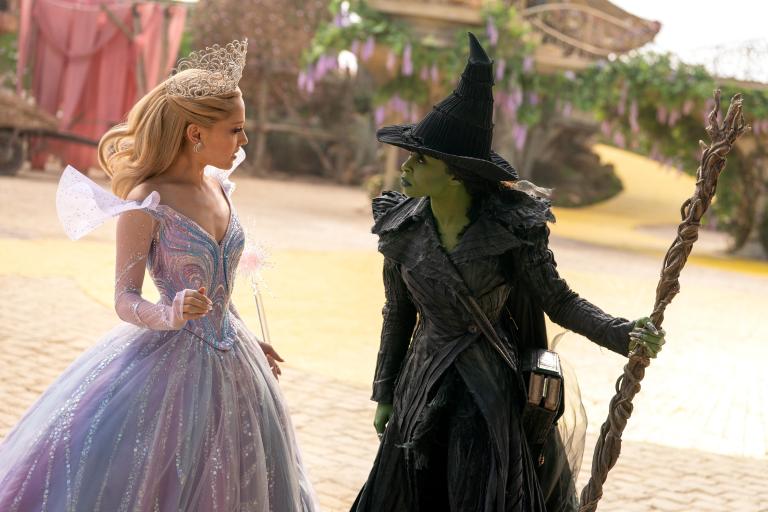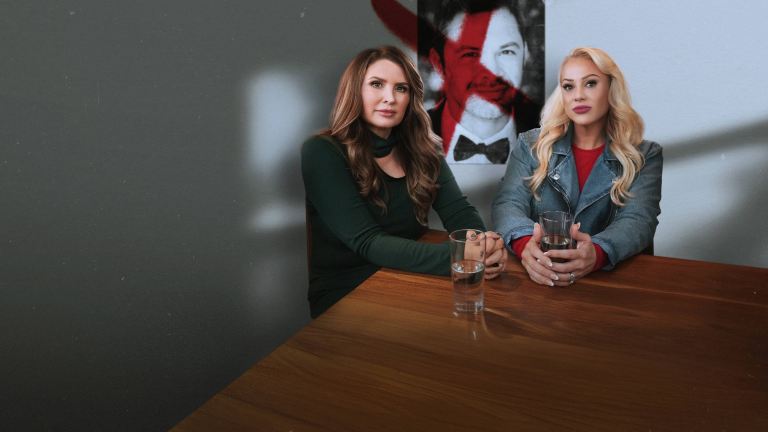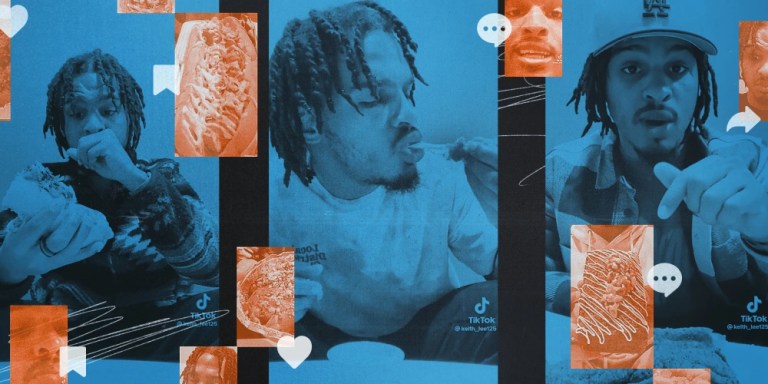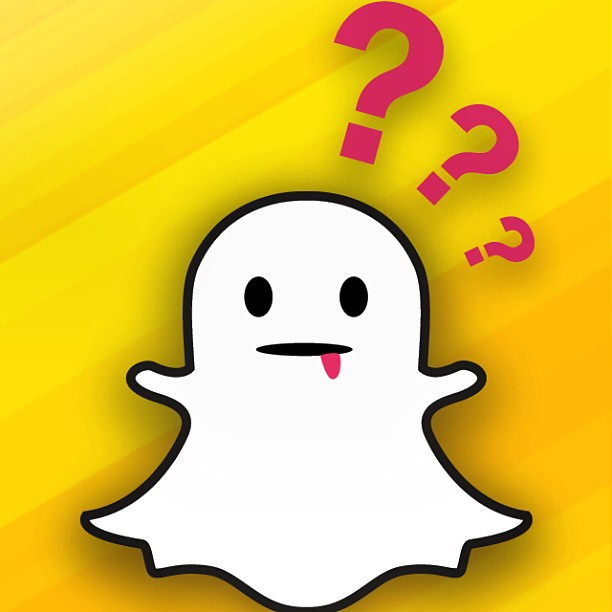
Confessions Of A Snapchat User
Snapchat: the most emotionally invasive social networking application to date.
To simply explain the concept of the application is not enough, as what brings more and more users to its platform can only be described as the same addiction that drives people to other social networking outlets: to glorify their own lives to their virtual peers. Networking applications are the perfect tool for the insecure individual: the lost adolescent.
Thousands of examples of people who attempt to compete by means of sharing pictures, statuses and updates about small events in their lives with the end goal of targeting a specific group of people or other individual are rooted in the person in question’s desire to appear, for lack of a better term, more “cool” than whomever they think they’re reaching through these virtual outlets, or to seem “over something,” when as we all know, if someone is truly happy, there is no need to explain it to the thousands of “friends” you are connected with online – you are at peace within. Obviously, not every single user of these applications and websites is the typical adolescent in question, but my introduction begins with this description because it is the description of the average user I, as a 21-year-old, come across the most.
Every day I have the privilege of witnessing what human interaction has come to: none at all. Emotions and genuine interactions between homo sapiens has come to a disturbing halt for the majority of my peers in my age group and my social class. People gain confidence through the number of “likes” the pictures they post receive, and my peers, as well as I admittedly, have accumulated dozens of hours combing through our respective virtual outlets to perfect the image we wish to convey to others, most viewers who will never have any true emotional importance in our lives, let alone influence. Whereas applications like Instagram, Facebook, Twitter, Tumblr and a number of others allow users to control what they want and don’t want to receive in terms of others’ personal updates, Snapchat’s ingenious concept takes this factor out of the picture.
To shortly explain it, Snapchat accesses the contacts in your phone and then searches to see if they have a Snapchat account as well, linking the two of you with the touch of a button. Then, users send pictures and videos to each other which can be viewed for a maximum of 10 seconds and are then “permanently deleted” (even though we all know all forms of media can always be accessed on ‘secure’ servers as long as the investigator understands html coding, an easily self-taught skill if you have a couple of weeks, some free hours and an internet connection on your hands).
However, there is no way to block someone’s ability to send you pictures, so if they add you, since you don’t have the option of not adding them back as the app does this for you, you will always have an unopened message notification.
Yes, it is true one can just ignore the little pink box with the number inside of how many virtual messages await you, but this is what makes the silly app so addicting: you need to open them. You must see the message. Why then, can one not just delete the app? Won’t messages be unable to be received from other users if you erase the application from your phone? No. Not at all. Your username is forever listed as an option to other users, and if re-instatement of the application ever occurs, you may have hundreds of unopened meaningless pictures and videos awaiting your unavoidable return to the app.
So then, why exactly is Snapchat so alluring? Because while people can send pictures and videos en masse to their whole list of contacts, the receiver does not have the option of seeing whether or not the media was sent to just them or to a whole long list of people, so between close friends who may actually just want you to see the delicious gluten free & vegan sandwich place they just discovered because only the two of you share such nutritional passions, an ex-lover may be sending out that 2AM Snapchat of themselves laying on a dock watching fireworks with the caption “i miss u” to dozens of other fools who have fallen for their tricks in the past, and that ex is just waiting to see who is gullible enough to reply with a selfie with a caption along the lines of “i miss u2.”
This is the 21st century: fake love by means of captions and ridiculous inferences that passion can be sparked by anything besides real human interaction.
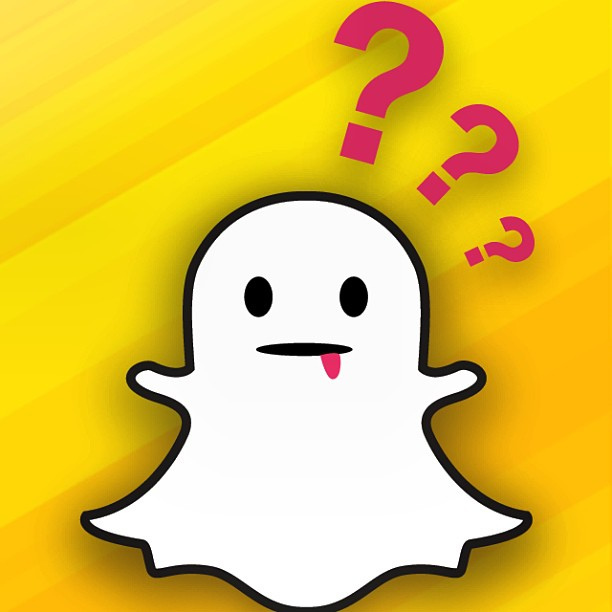
Emotions become enflamed by the imagination, because while that Snap of an acquaintance you once had an 8th grade math class with at a Rick Ross concert may not seem that meaningful, in retrospect, it was sent to you and to everyone else on their secret list to let you know that they are having fun, that they are doing something amazing, when in reality, everyone is on their own journey in life and no one is better than the other, but Snapchat is used in such ways that users have the end goal of making their lives seem more fun than that of the receiver, because human nature has a component of power to it, and this power is achieved through Snapchat by the silly users who fuel each other’s growing (and diminishing) egos.
While not a physical drug, components of addiction are present for most users; the emotional value each received and sent picture of video brings to the user can be compared best with Australian historian Carl Trocki’s description of one factor of his explanation of exactly how and why drugs are global commodities: to have a globally traded commodity, one must have a mass market to appeal to.
In the case of Snapchat, an individual must own a smartphone (more than 50% of USA mobile users according to a 2013 Ad Age Digital publication), must have emotions (most United States citizens), and must have the ability to download the app (it is free of charge). While Snapchat is still currently owned by the Stanford University students who developed the application in 2011 and experienced extreme bidding wars throughout the past 6 months from huge players such as Dell and Facebook, they finally accepted a 60 million dollar “investment” from Institutional Venture Partners in July of this year.
Trocki states, “The first and perhaps most transparent use for drugs has been for healing, or at least to remedy and alleviate some physical distress,” and in the case of Snapchat, emotional distress can easily substitute physical distress. The “rush” experienced in this case is the short-lived happiness that comes from the satisfaction of being perceived as wanted and/or admirable, and sending Snaps to individuals always serves the purpose of portraying one or both of those qualities. Yes, there are obviously millions of Snaps that are sent everyday (out of the current average of 200 million snaps that are sent daily in the USA) that don’t serve the purpose of emotional leverage, but with a demographic of most users between the ages of 13 and 23 (estimated at the end of 2012), the most common use of the app is for self-worth use.
Trocki also notes that one of the fourth types of reasons drugs are used is to “heal the spirit” or “at least change our perceptions of ‘reality’ and thus move us to an altered state.” This is Snapchat in a nutshell.
Like mass globally traded commodities, there has to be an impulsive need for the drug, and there is more than enough in the case of Snapchat and hundreds of other social media networking outlets. While I personally do not send Snaps to anyone besides my best friend in Virginia, and this is only once or twice weekly and it is almost always a picture of food or something interestingly grotesque (like a trash can full of maggots I found outside my house which I am now in the process of killing – I don’t know how it got there), we both refuse to send anything too personal or possibly self-destructive that may inhibit our goal of attaining future careers.
For example, I constantly receive Snaps from an acquaintance from my college of all the joints he is perfectly capable of rolling, which captions such as “I am so good at rolling joints,” and I feel sad for him, because he isn’t aware that there is no such thing as media that can be “forever deleted” and his rolling skills are of no use to anyone in his contacts list except those who are interested in smoking with him and making him roll the J at some future point. I also feel sad when people send each other Snapchats of sexual images, because I find it incomprehensible that if someone has the desire to engage in intercourse with another, why don’t they just call and ask? It is so much more to the point and leaves no visual evidence for future criticism by possible employers or the NSA.
However, while I sit here and criticize the technological ignorance of the majority my generation, I open Snapchat to see if my ex-lover has anything to say to me. Of course he doesn’t, because even if he did, a Snap would not be a foundation for love, nor would it be delivered even directly to me. But I did just see a wonderful picture of my best friend’s eyebrows after she had them threaded yesterday, and they look beautiful. ![]()
